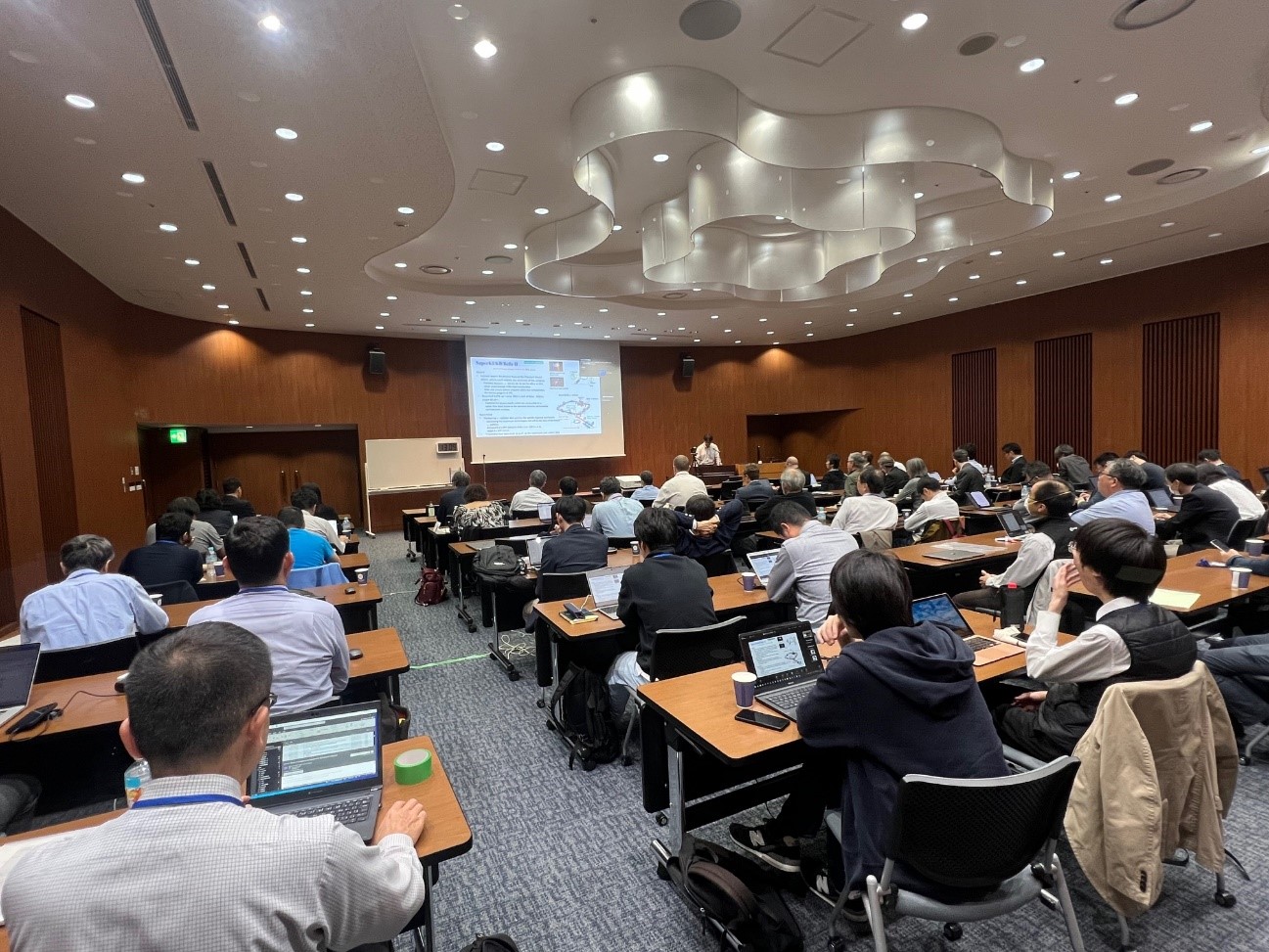### A Look Inside the U.S.-Japan Science and Technology Cooperation Symposium 2025
The bustling city of Sapporo, Hokkaido, became the epicenter of scientific dialogue as it hosted the U.S.-Japan Science and Technology Cooperation Symposium from May 12 to May 14, 2025. This landmark event, now in its third iteration, gathered 67 distinguished participants from both nations, highlighting the ongoing commitment to collaboration in the realm of particle physics.
### Bridging Continents Through Science
The U.S.-Japan Science and Technology Cooperation Program, which commenced in 1979 under a bilateral agreement, has evolved considerably over the years. Initially a decade-spanning event to celebrate milestones, the symposium format has adapted to a biennial schedule since 2021, reflecting a heightened emphasis on fostering scientific exchanges. Given the dynamic nature of scientific research, this shift allows for more frequent collaboration and sharing of groundbreaking developments.
### A Diverse Representation
Diverse representation was crucial to the symposium’s success. Participants included prominently recognized scientists and researchers involved in the cooperative program, alongside influential figures from U.S. Department of Energy laboratories, such as Fermilab, SLAC National Accelerator Laboratory, and Brookhaven National Laboratory. From Japan, key figures like Mr. Akira Henda from the Ministry of Education, Culture, Sports, Science and Technology (MEXT), as well as executives from KEK highlighted the strength and importance of the bilateral partnership.
### Spotlight on Achievements
During the symposium, participants showcased a series of presentations that spotlighted recent achievements within the cooperative framework. These discussions served as a catalyst for open dialogue, emphasizing the collective goal of addressing shared scientific challenges. The atmosphere was charged with enthusiasm, as every participant recognized the need for sustained collaboration to push the boundaries of knowledge in particle physics.
### Engaging the Next Generation
An exciting feature of the symposium was the dedicated poster session that provided a platform for researchers at varying career stages—from graduate students to seasoned scientists—to engage with the community. This initiative not only facilitated knowledge exchange but also recognized excellence within the scientific community. Four exceptional presentations were honored, underscoring the program’s commitment to nurturing the next generation of science leaders.
### High Energy Physics Program Discussion
A pivotal meeting took place on May 14, as the 47th U.S.-Japan Joint Committee convened to discuss the High Energy Physics Program. This annual gathering focused on laying the groundwork for future bilateral cooperation, confirming project themes for the upcoming fiscal year 2025, and setting the stage for the next session in the United States in 2026. Such meetings underscore the importance of ongoing dialogue in scientific advancement.
### Advancement Through Collaboration
At its core, the U.S.-Japan Science and Technology Cooperation Program promotes joint research, particularly utilizing accelerator facilities along with advancements in accelerator and detector technologies. Over the decades, this collaboration has not only produced significant scientific breakthroughs but has also been instrumental in developing human resources in both nations. Many young Japanese researchers who trained in the U.S. have emerged as leaders in academia and research within Japan, ensuring a continued exchange of knowledge and expertise.
### Capturing the Essence of Innovation
Scenes from the symposium reflected a vibrant intellectual atmosphere, filled with collaboration and innovation. Participants engaged with one another through lively discussions and presentations, fostering a sense of community among scientists dedicated to the advancement of particle physics. The event illustrated how far-reaching partnerships can yield transformative results in science and technology.


